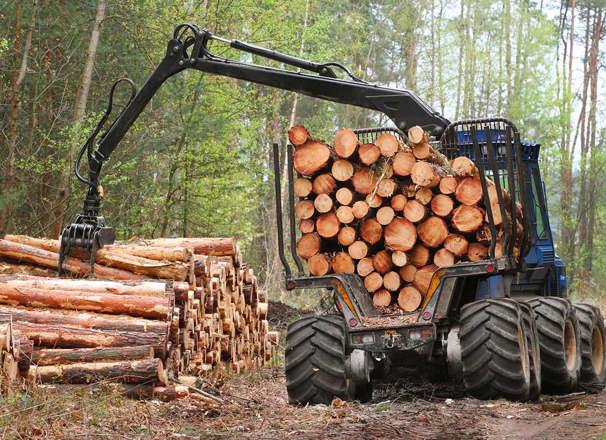Registered Nurse
Registered nurses provide expert health care directly to patients. They also engage in public health education, research, and administration. Their knowledge, skills, and abilities include complex critical thinking, comprehensive assessments, provision and coordination of holistic, patient-centered care, leadership of multidisciplinary teams, and more.



